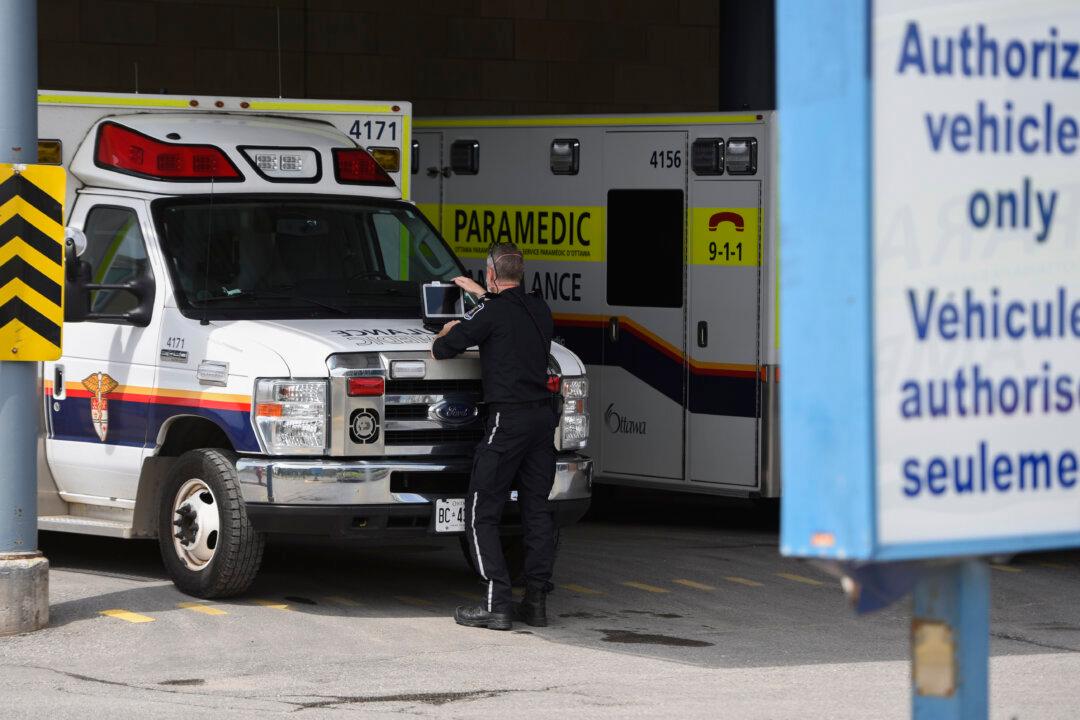What is respiratory syncytial virus (RSV), the virus currently being blamed for a surge in pediatric emergency room visits across Canada?
RSV infection is a common, highly contagious childhood illness that causes symptoms similar to colds. Cases usually take a week or two to resolve.





